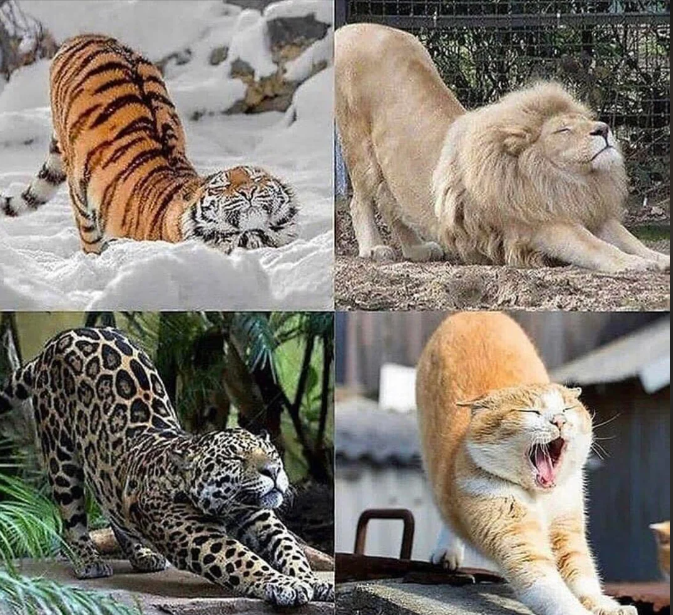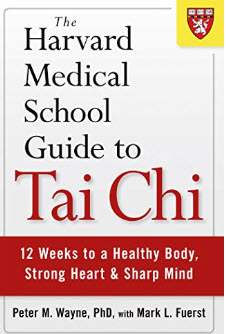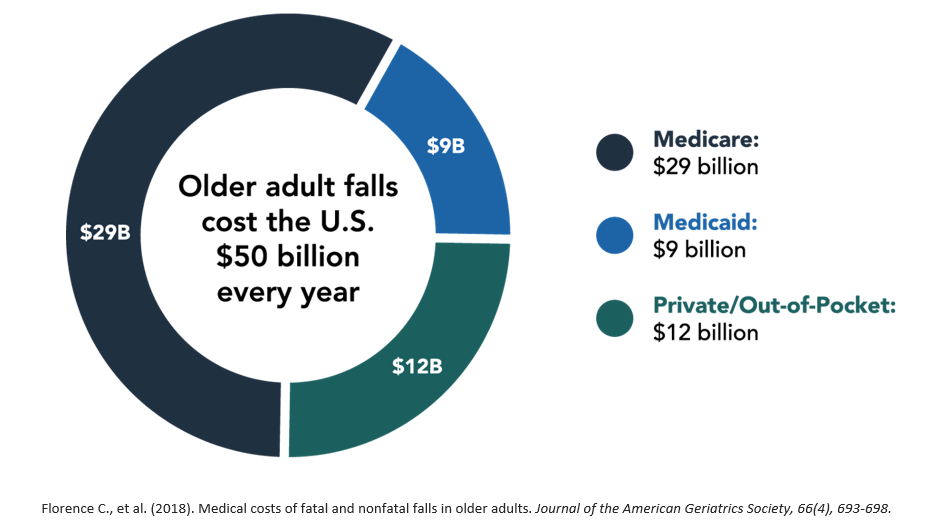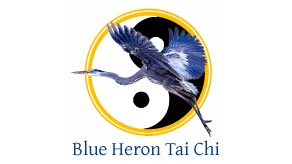First an apology. This article is a bit longer than usual. Some pent-up stuff here that just had to get out.
This article started out as a confession, morphed into a rant, and then de-escalated into ordinary preaching to the choir. Much of this vacillation and angst stems from the ways Tai Chi is currently misunderstood and portrayed in society, medical, governmental, and insurance associations, and the media.
From the society point of view, Tai Chi just looks like a bunch of new-age goofies, (or, old-age goofies) out in the park waving their arms around.
From the typical western medical point of view, it is just good exercise. Anything beyond that – you have to prove it.
Insurance doesn’t have a view.
Media likes to show pastoral shots of Tai Chi in the park. Nice & relaxing.
Don’t get me started on the government. Actually more on that later…
None of these preconceptions are entirely accurate. But the circumstances are changing. Slowly, but changing.
Tai Chi is the new fad. It is being discovered by physical therapists, doctors, senior residence activity directors, and martial artists. This new trend is only 2,000 years old, but now promises a new body, better balance, remedies for what ails you, more money, and a better car. How could we have overlooked this panacea for so long?
Well, for starters, Tai Chi is an internal practice. That means the good stuff is happening inside. What you see on the outside is just decoration. Here’s a test: pretend you’re a cat.
1. Take a nap
2. Wake up
3. Do a big stretch.

When you do that big stretch, think about the difference between what it looks like to someone watching you and what it feels like inside. If you did it right, you got a really good inside stretch followed by an all-around good feeling of release and now you’re ready for anything. Even another nap.
Tai Chi is a lot like that stretch. More going on inside than what it looks like from the outside.
So what’s it all about?
It’s about healthy living. Turns out the human body is meant to move. Moving makes the innerds all work better. Keeps the joints from getting rusty too. It doesn’t take running several miles a day. All it takes is a modest amount of motion, every day. It also helps if that motion is designed to work on specific inner processes and specific joints. Tai Chi is a choreographed dance designed to massage every part of the body and move every articulated joint in the proper way to keep the body working as it should. It doesn’t hurt this dance encourages nice full, deep breaths to promote lots of oxygen in and lots of CO2 out.
Did I mention balance? Another side effect of Tai Chi is that it trains the body to have excellent balance. The core muscles are in charge of human body balance and Tai Chi makes sure those core muscles are well toned and trained to keep you upright and stable.
So let’s address the medical situation. One of the first doctors to address the medical problem was Dr. Peter Wayne, PhD of the Harvard Medical School. Dr. Wayne practiced Tai Chi and tried to introduce it as a medical benefit to his contemporaries, only to be rebuffed with: “prove it.” So he set out to do just that. He established and coordinated multiple scientifically rigorous tests that studied Tai Chi and its effects on balance, bone density, aches and pains, heart function, lung function, mental performance, psychological wellbeing, and sleep quality. You can read all about it in the Harvard Medical School Guide to Tai Chi, but essentially, the results of each of these studies was the same:
1. Tai Chi had a measurable benefit in each study.
2. Participants didn’t want to end the studies.
3. There were no adverse side-effects.

Another doctor who took the “Prove it” challenge head on is Dr. Paul Lam of Australia. He knew the power of positive results through rigorous scientific studies with large populations. In 2007 he created a study with 702 people. The test group participated in weekly Tai Chi sessions for 16 weeks. In August of 2007, The Journal of the American Geriatric Society reported that the Tai Chi test subjects reduced the risk of multiple falls by approximately 70%. The journal pointed out that the tests were done in existing community facilities without any additional requirements for equipment or supplies.
The Center for Disease Control has taken note of studies like Dr. Lam’s and initiated its own program called STEADI to help prevent falls. (Caution, the next paragraph may contain sarcasm.) In typical CDC fashion the STEADI program is based on money.

Negotiating the program involves a complex algorithm containing a 12 step survey which ultimately results in a recommendation of a referral of a risk assessment by a primary physician, followed by an assessment of medications that might contribute to dizziness, followed by a recommendation for either physical therapy or, or, or. Nowhere is Tai Chi mentioned in the STEADI program. However, if you search for CDC Tai Chi, you will find articles suggesting Tai Chi shows promising abilities to reduce falls but lamenting that there are so many different styles of Tai Chi and instructional methods that rigorous studies are all but impossible.
Recently an article was brought to my attention by Dave Koons. The article is titled “Tai Chi may curb Parkinson’s disease symptoms and complications for several years.” It reports on a paper published in the Journal of Neurology & Psychiatry that concludes: “”Our study has shown that tai chi retains the long-term beneficial effect on [Parkinson’s disease], indicating the potential disease-modifying effects on both motor and non-motor symptoms, especially gait, balance, autonomic symptoms and cognition.”
They add, “[Parkinson’s disease] can worsen motor function and non-motor symptoms progressively with time, resulting in disability and influencing the quality of life. The long-term beneficial effect on [the disease] could prolong the time without disability, leading to a higher quality of life, a lower burden for caregivers, and less drug usage.”
The numbers are impressive for the study which involved over 300 participants over five years.
Here is the link to the article: https://medicalxpress.com/news/2023-10-tai-chi-curb-parkinson-disease.html
Not bad for waving your arms around.
The good news is that locally, the Friends of the Longmont Senior Center recognized the value of Tai Chi for the senior community and sponsored a free Tai Chi for Fall Prevention class this September and October.

The bad news is that Tai Chi is still regarded as just another exercise by most folks who don’t realize the benefits it provides. Case in point: I taught a class called Tai Chi for Osteoporosis where we focused on Tai Chi exercises aimed at increasing bone density. Most doctors don’t believe increasing bone density is possible once osteoporosis sets in. One student took the class and went back for a bone density test. The ensuing email from her doctor said: ”Your spine is stable, and your hip bone density is much better (20% better!). Your hip readings are back to where they were in 2019, which makes me wonder if the results from the 2021 DXA were wrong/erroneous.”
Yep – that’s the only logical conclusion.
My conclusions: (OK, I’m a bit biased here.) Tai Chi needs to be more widespread and endorsed by the members of the medical community, therapists, insurance companies, and senior activity directors. It needs to be affordable, and it needs to be scheduled on a regular basis. The studies done by the Harvard Medical School, Dr. Lam, and the Journal of Neurology Neurosurgery & Psychiatry all had classes that met twice a week and encouraged the participants to practice daily. None of this
once-in-a-while stuff. Tai Chi needs to be practiced daily for maximum benefit.
Yr H’mbl & Obd’nt Svnt,
Steve Elliott
stevekelliott@gmail.com
Steve has been practicing Tai Chi for over 40 years and teaching for over 18 years. In September of 2023, Steve won the gold medal in the Tai Chi division at the Denver National Chinese Martial Arts Championship.
